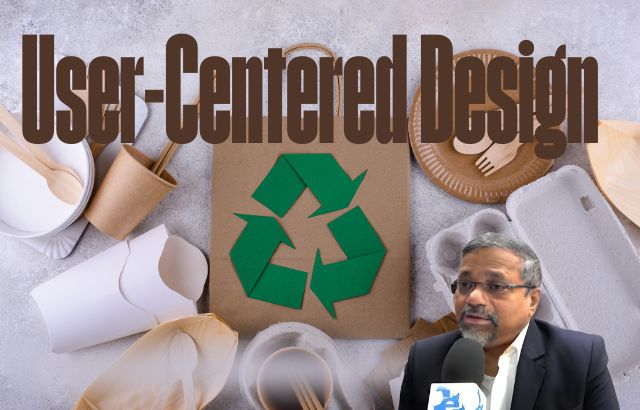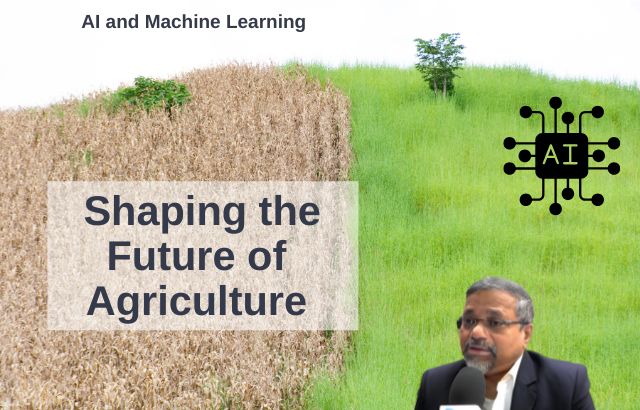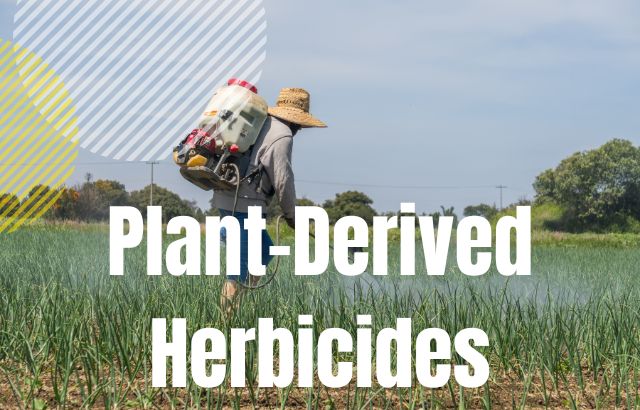User-centered design (UCD) is a principle that places the needs, preferences, and behaviors of the end-user at the forefront of innovation. For green innovators, this means developing products and systems that are not only environmentally friendly but also user-friendly and economically viable. The integration of sustainability and usability is crucial for ensuring that innovative solutions have lasting, widespread adoption.
In this blog, we will explore the concept of user-centered design in the context of green innovation, provide examples, and highlight the important roles played by innovators. We will also look at calculations from agriculture innovator Jaiguru Kadam, along with some intriguing statistics and fascinating facts.
What is User-Centered Design?
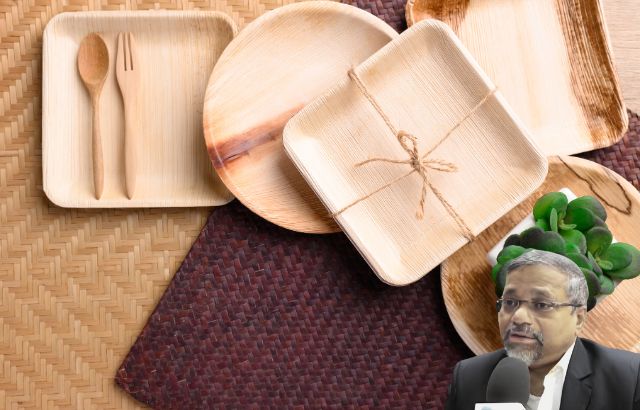
User-centered design is a process that involves deeply understanding and considering the users’ needs, desires, and constraints during every stage of product development. For green innovators, this approach ensures that solutions are not only environmentally sustainable but also practical and accessible for consumers.
Incorporating UCD means that solutions are designed to:
- Solve real-world problems: Meeting the needs of users while also addressing environmental and societal challenges.
- Promote usability: Ensuring the product is easy and intuitive to use.
- Be cost-effective: Providing an economic benefit, making sustainable solutions affordable and accessible to all.
By prioritizing the user experience, green innovators can create products and services that are both desirable and beneficial for the planet.
The Role of Green Innovators in User-Centered Design
Green innovators play a pivotal role in ensuring that user-centered design principles are applied to sustainable products. Their responsibilities include:
- Researching User Needs: Innovators conduct thorough research to understand what users need and how they can integrate sustainability into their lives. This might involve surveys, interviews, and usability testing.
- Designing Sustainable Solutions: They create products that align with both environmental goals and user preferences. This could include energy-efficient appliances or eco-friendly packaging that is easy to use and dispose of.
- Ensuring Affordability: One of the biggest barriers to adopting sustainable solutions is cost. Green innovators focus on designing products that are affordable, ensuring that the benefits of sustainability are accessible to a wide range of people.
- Advocating for Change: Beyond product design, green innovators often advocate for a shift in societal behaviors and policy to foster a greater commitment to sustainability, using user-centered approaches to ensure these changes are practical.
Examples of User-Centered Green Innovation
User-centered green innovation focuses on developing sustainable solutions that prioritize the needs, preferences, and challenges of end-users. These innovations are designed to be practical, accessible, and effective while minimizing environmental impact. Below are examples of user-centered green innovations in the fields of green solvents, green surfactants/adjuvants, plant-derived herbicides (bioherbicides), and green herbicide safeners.
1. Green Solvents
Green solvents are environmentally friendly alternatives to traditional chemical solvents. They are derived from renewable resources, are biodegradable, and have low toxicity.
Examples:
- Limonene: Derived from citrus peels, limonene is a natural solvent used in cleaning products, degreasers, and even in the pharmaceutical industry. It is non-toxic, biodegradable, and replaces harmful petroleum-based solvents.
- Ethyl Lactate: Made from corn fermentation, ethyl lactate is used in paints, coatings, and cleaning products. It is non-carcinogenic, biodegradable, and safe for users.
- Supercritical CO₂: Used in industries like food processing and dry cleaning, supercritical CO₂ is a non-toxic, recyclable solvent that eliminates the need for hazardous chemicals.
User-Centered Benefits:
- Safe for workers and consumers.
- Reduces exposure to harmful chemicals.
- Easy to integrate into existing processes.
2. Green Surfactants/Adjuvants
Green surfactants and adjuvants are eco-friendly alternatives to traditional chemical surfactants. They are derived from renewable resources and are biodegradable.
Examples:
- Rhamnolipids: Produced by microorganisms, rhamnolipids are used in cleaning products, cosmetics, and agriculture. They are non-toxic, biodegradable, and effective at low concentrations.
- Alkyl Polyglucosides (APGs): Derived from plant sugars and fatty alcohols, APGs are used in detergents, personal care products, and agrochemicals. They are gentle on the skin and environmentally safe.
- Soy-Based Surfactants: Made from soybean oil, these surfactants are used in herbicides and pesticides to improve spray coverage and absorption.
User-Centered Benefits:
- Safe for farmers and applicators.
- Reduce chemical runoff and water pollution.
- Compatible with organic farming practices.
3. Plant-Derived Herbicides (Bioherbicides/Green Herbicides)
Bioherbicides are derived from natural sources like plants, fungi, or bacteria. They offer a sustainable alternative to synthetic herbicides.
Examples:
- Corn Gluten Meal: A byproduct of corn processing, corn gluten meal is used as a natural pre-emergent herbicide. It inhibits weed seed germination and is safe for humans and pets.
- Pelargonic Acid: Derived from plant oils, pelargonic acid is a non-selective herbicide that controls weeds by breaking down their cell membranes. It is biodegradable and leaves no harmful residues.
- Essential Oil-Based Herbicides: Products containing clove oil, thyme oil, or citronella oil are effective at controlling weeds and are safe for the environment.
User-Centered Benefits:
- Non-toxic to humans and animals.
- Suitable for organic farming.
- Reduce reliance on synthetic chemicals.
4. Green Herbicide Safeners
Herbicide safeners are chemicals that protect crops from herbicide damage while allowing the herbicide to target weeds. Green safeners are derived from natural sources and are environmentally friendly.
Examples:
- Fenclorim: A green safener used in rice farming, fenclorim protects rice plants from herbicide injury while enhancing weed control. It is biodegradable and has low toxicity.
- Isoxadifen-Ethyl: This safener is used in corn and cereal crops to protect them from herbicide damage. It is derived from natural compounds and is safe for the environment.
- Natural Plant Extracts: Research is ongoing to develop safeners from plant extracts like flavonoids and amino acids, which can protect crops without harming the ecosystem.
User-Centered Benefits:
- Protects crops without compromising weed control.
- Reduces chemical load on the environment.
- Safe for farmers and applicators.
Thought-provoking metrics by Jaiguru
- Fact: The global bioherbicides market is expected to grow at a CAGR of 14.6% from 2021 to 2028, driven by increasing demand for organic food.
- Statistic: Green solvents are projected to save over 1 million tons of CO₂ emissions annually by 2030.
- Fact: Plant-derived herbicides can reduce synthetic herbicide use by up to 50%, significantly lowering environmental contamination.
- Statistic: The use of green surfactants in agriculture has been shown to reduce water usage by 20-30% due to improved spray efficiency.
Ask Jaiguru about User-Centered Sustainable Innovation

Q1: What are green solvents?
Green solvents are environmentally friendly alternatives to traditional chemical solvents. They are derived from renewable resources, are biodegradable, and have low toxicity.
Q2: How do green surfactants benefit agriculture?
Green surfactants improve the effectiveness of herbicides and pesticides while reducing chemical runoff and environmental pollution. They are also safer for farmers and applicators.
Q3: Are bioherbicides as effective as synthetic herbicides?
While bioherbicides may require more frequent application, they are effective at controlling weeds and are safer for the environment and human health.
Q4: What is the role of herbicide safeners?
Herbicide safeners protect crops from herbicide damage while allowing the herbicide to target weeds. Green safeners are derived from natural sources and are environmentally friendly.
Q5: Can green innovations be cost-effective?
Yes! Many green innovations, such as bioherbicides and green solvents, reduce long-term costs by minimizing environmental damage and improving efficiency.
Sample Calculations from Jaiguru Kadam’s Agricultural Innovations
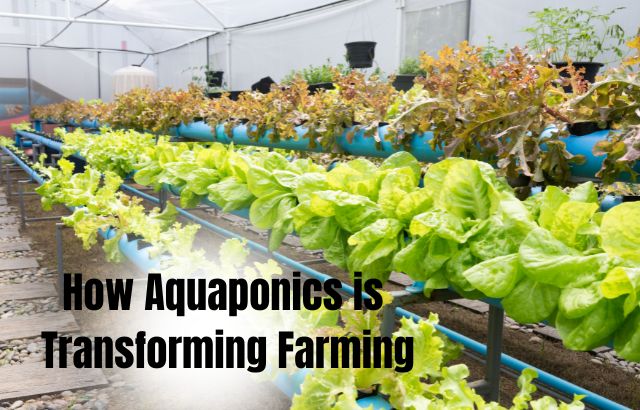
- Irrigation Water Savings with Modular System:
- Assumption: Traditional irrigation wastes 40% of water due to overuse.
- New System: The modular irrigation system reduces water usage by 30%.
- Calculation: A farm typically uses 500,000 liters of water per month.
- Water saved: 500,000 liters x 30% = 150,000 liters saved monthly, contributing to both water conservation and cost savings.
- Increased Crop Yield with Organic Fertilizer:
- Assumption: A farm produces 1,000 kg of crops per acre using chemical fertilizers.
- New System: Using Kadam’s organic compost, yields increase by 25%.
- Calculation: 1,000 kg x 25% = 250 kg additional yield per acre.
- Economic Impact: If crops are sold at $2 per kg, the increase in yield translates to $500 extra income per acre.
Actionable Insights from Jaiguru Approach to Business Success
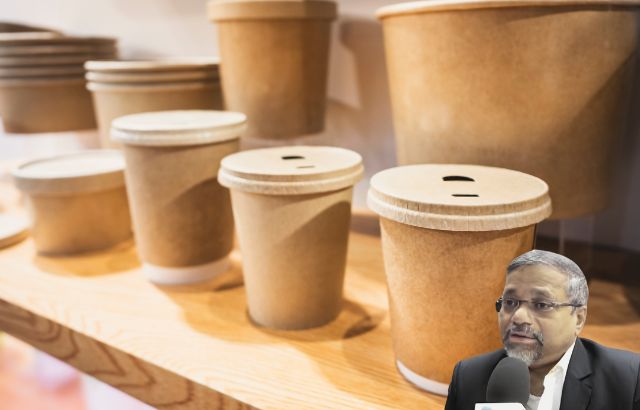
1. What is user-centered design?
- User-centered design is an approach that prioritizes the needs, preferences, and behaviors of end-users in creating products, ensuring they are functional, accessible, and meet user needs while being sustainable.
2. How does user-centered design benefit the environment?
- By focusing on user needs, green innovators can create eco-friendly products that are both easy to use and widely adopted. This encourages sustainable behaviors without compromising convenience or performance.
3. Can user-centered design be applied in agriculture?
- Yes, in agriculture, user-centered design can be applied to create tools and systems that are tailored to the needs of farmers. This includes designing irrigation systems, fertilizers, and equipment that are efficient, cost-effective, and simple to use.
4. Why is it important for green innovators to consider user needs?
- Innovations that prioritize user needs are more likely to be adopted and successfully implemented. By making sustainability easy, practical, and economically viable for consumers, these solutions have a greater impact.
Conclusion
User-centered design is a fundamental principle for green innovators striving to create sustainable solutions that are also accessible, practical, and user-friendly. By designing products and systems that prioritize the needs and preferences of end-users, innovators ensure that sustainability becomes a mainstream practice. From solar-powered home systems to sustainable farming tools, the intersection of user needs and environmental goals is paving the way for a more sustainable future.
Through innovations like those led by Jaiguru Kadam in agriculture, and the widespread adoption of electric vehicles, we see how combining user-centered design with sustainability can lead to significant positive changes. As green innovators continue to refine their solutions with the end-user in mind, we can look forward to a world where sustainability and usability go hand-in-hand.

